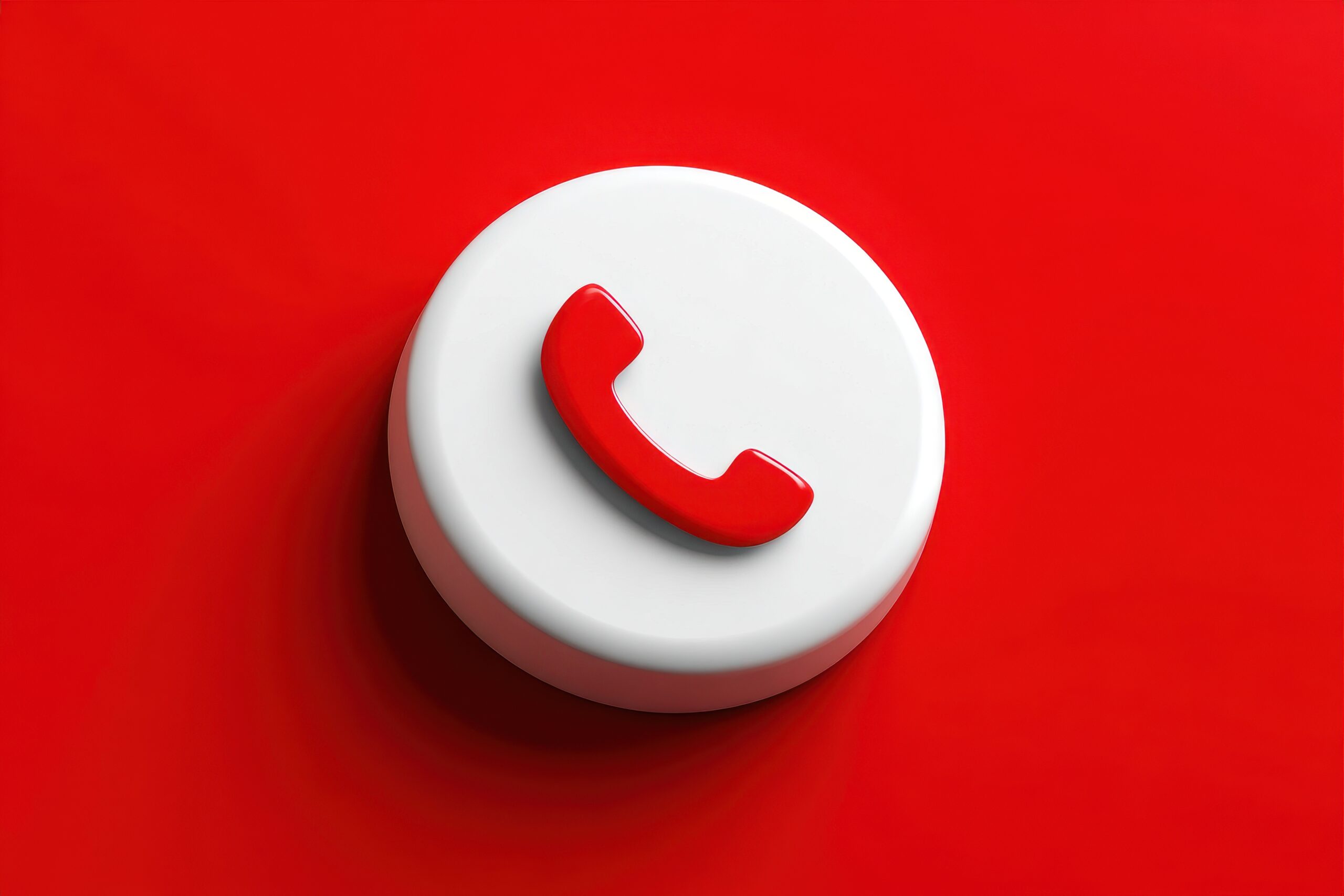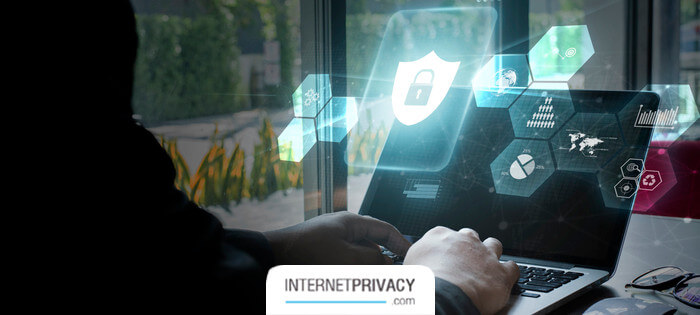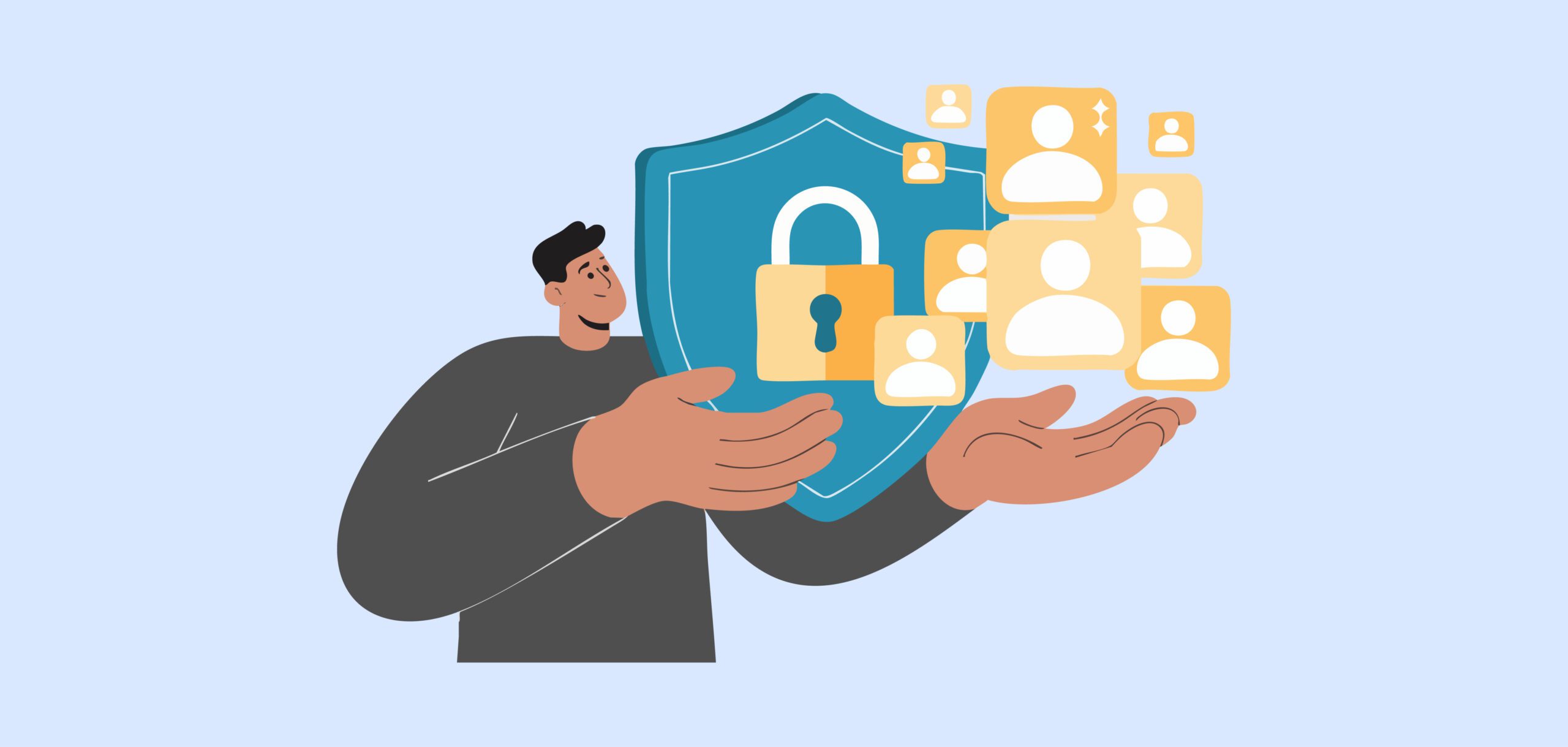Who Is Selling Your Emergency Contact Info Without Your Knowledge

You may think your emergency contact list is private — shared only with doctors, apps, or employers for safety reasons. But the truth is that many companies quietly collect, store, and even sell this information.
When you add emergency contacts to a ride-share app, health app, or mobile phone setting, you’re often giving up more than you realize. That number can travel far beyond your device, landing in databases used for advertising, telemarketing, and sometimes even identity theft.
So who’s behind this practice, how does it happen, and what can you do about it?
What Counts as an Emergency Contact — and Why It Matters
An emergency contact is someone listed to be reached in the event of a medical issue, accident, or urgent situation. These names and numbers show up in your phone’s settings app, health apps, and sometimes your employer or school’s records.
In healthcare, this data enables first responders, emergency services, and healthcare providers to quickly reach family members during an emergency situation. For example, hospitals and the emergency room staff use this information to communicate important medical information such as blood type, allergies, and other critical emergency information.
However, outside of that purpose, the same contact information can also become a data point — another way for companies to map social connections, predict behavior, or send targeted messages.
What makes it risky is that these lists often reside in multiple systems, including phones, health apps, online forms, and even wearable devices. The more places this information exists, the easier it is for third parties to access or resell it.
How Apps and Services Collect Your Contacts
Most people share contact details without realizing it. The process often happens through simple actions like:
- Granting a mobile app permission to “access your contacts” via the contacts app or settings app.
- Filling out a form for an account recovery option or to prepare for natural disasters.
- Setting up Emergency SOS or a Medical ID on your phone, where you tap emergency contacts and add them to be notified in an emergency call.
- Linking a health or fitness app that syncs personal and medical information, including your current location and location information.
These permissions seem harmless — but once granted, they allow apps to store or share that data indefinitely. Many platforms bundle emergency contacts into broader “user information” categories, which can then be shared with partners or advertisers.
When you tap “Add Contact” or “Share” in these apps, you may be prompted to save or decide what information to share. It’s important to review these settings carefully to avoid unintentional data sharing.
According to a 2022 Pew Research Center study, more than 70% of mobile apps request access to contacts or messaging data, even when it’s not needed for the app to function.
The Data Broker Pipeline
Behind the scenes, data brokers play a key role in buying and selling emergency contact information.
They collect details from public records, apps, and online forms, then build detailed profiles that include your relationships, address history, and phone activity. These profiles are sold to marketers, insurers, and other companies looking for precise targeting.
A 2020 Federal Trade Commission (FTC) report estimated that over 200 million Americans have personal data circulating in broker databases — often without their knowledge or consent.
Even worse, this information can fuel:
- Telemarketing calls and spam messages.
- Identity theft occurs when personal data is combined with leaked records.
- Behavioral tracking that connects your activity across devices and platforms.
How Tech Companies Benefit
Large technology platforms and app developers profit from your data in less direct ways.
By collecting emergency contact info, they can strengthen user identity graphs — linking one person’s data to another’s. This is valuable for targeted advertising, cross-device tracking, and personalized marketing.
For example, if you list a friend as your emergency contact in a health app, that friend may later receive ads or calls related to your shared interests or location data. It’s not a coincidence — it’s data linking.
Even when companies claim to anonymize data, shared identifiers such as phone numbers or email addresses can still be traced back to real individuals.
Public Records and Government Databases
Not all data sales come from commercial apps. Public records and government systems can also expose emergency contact information.
Police reports, hospital admissions, and other public filings sometimes include contact details. While agencies are supposed to protect personal data, leaks, weak encryption, or open record laws can lead to unintended exposure.
These records may later be scraped by third-party sites or journalists, extending their reach far beyond the original purpose.
What Are the Risks?
The risks extend beyond annoying robocalls. Once your emergency contact info circulates online, it can be used for:
- Phishing scams that impersonate family members.
- Health-related fraud using partial medical data.
- Data triangulation — where marketers match contacts, phone numbers, and location history to create “relationship maps.”
A 2022 Identity Theft Resource Center report found a 20% increase in scams linked to health or emergency data leaks.
How to Protect Your Emergency Contact Information
You can’t completely erase your data once it’s out there, but you can limit new exposure.
- Review app permissions.
- On iPhone: Open the settings app, tap your profile picture, then Privacy & Security → Contacts.
- On Android phone: Open the settings app, go to Apps → Permissions → Contacts. Turn off access for apps that don’t need it.
- Use minimal data when possible.
Provide only one trusted contact number, not full details like addresses or relationships. - Avoid linking health data to social accounts.
Keep fitness, health, and emergency features separate from social logins or third-party apps. - Opt out of data broker listings.
Use the FTC’s opt-out resources or services like StopDataBrokers to remove your details from central databases. - Stay alert for unusual calls or texts.
Treat unsolicited calls using your contact’s name or info as potential scams. - Check your Medical ID and Emergency SOS settings.
Review who’s listed, and confirm your information is stored locally — not synced to third-party cloud systems.
What to Do If Your Data Is Already Compromised
If you suspect your emergency contact info has been misused:
- File a complaint with the FTC or your state’s attorney general.
- Notify affected contacts to watch for unusual calls or messages.
- Change permissions on your apps and devices immediately.
- Consider a credit or identity monitoring service if sensitive data was exposed.
Transparency is improving, but enforcement still lags. Regulations like the California Consumer Privacy Act (CCPA) and GDPR in Europe give users more control, yet many companies remain slow to comply.
Final Thought
Emergency contact information was meant to protect lives — not profit from them. But in today’s data economy, even the numbers meant for safety can be bought, sold, and reused without your knowledge.
The best defense is awareness. Review what you’ve shared, check your device settings, and question every permission request. In an age when privacy is optional, taking back control of your data isn’t paranoia — it’s self-defense.





